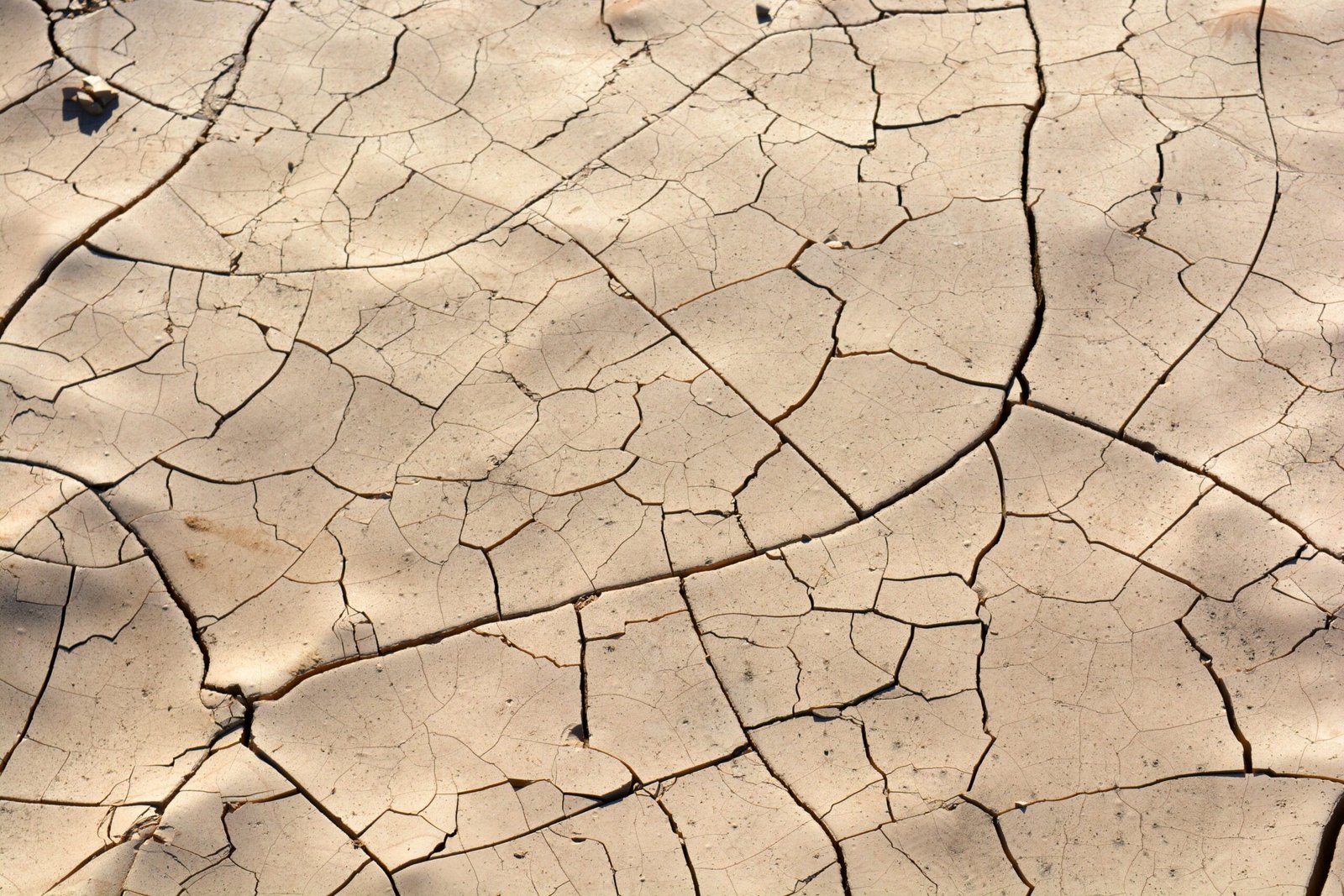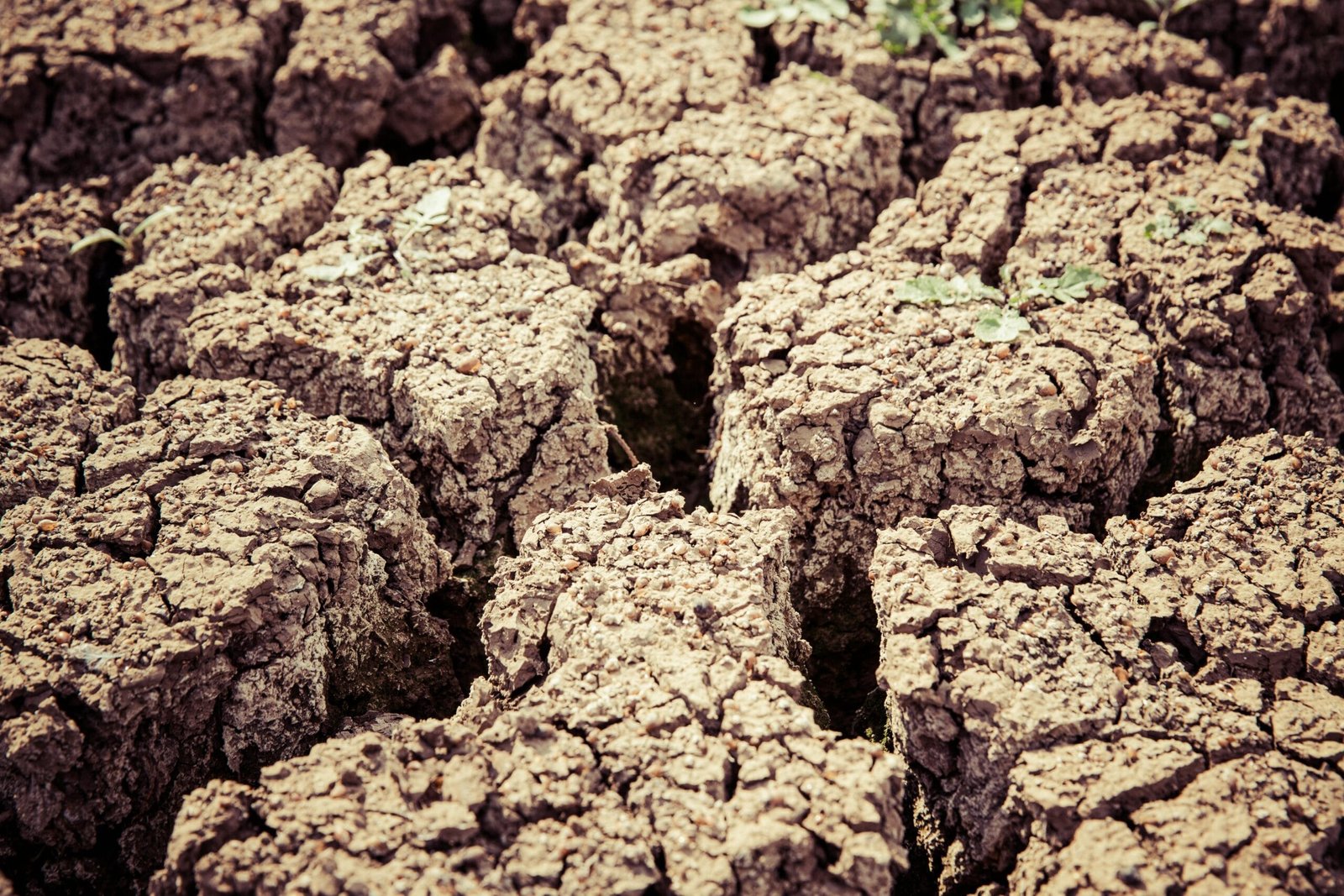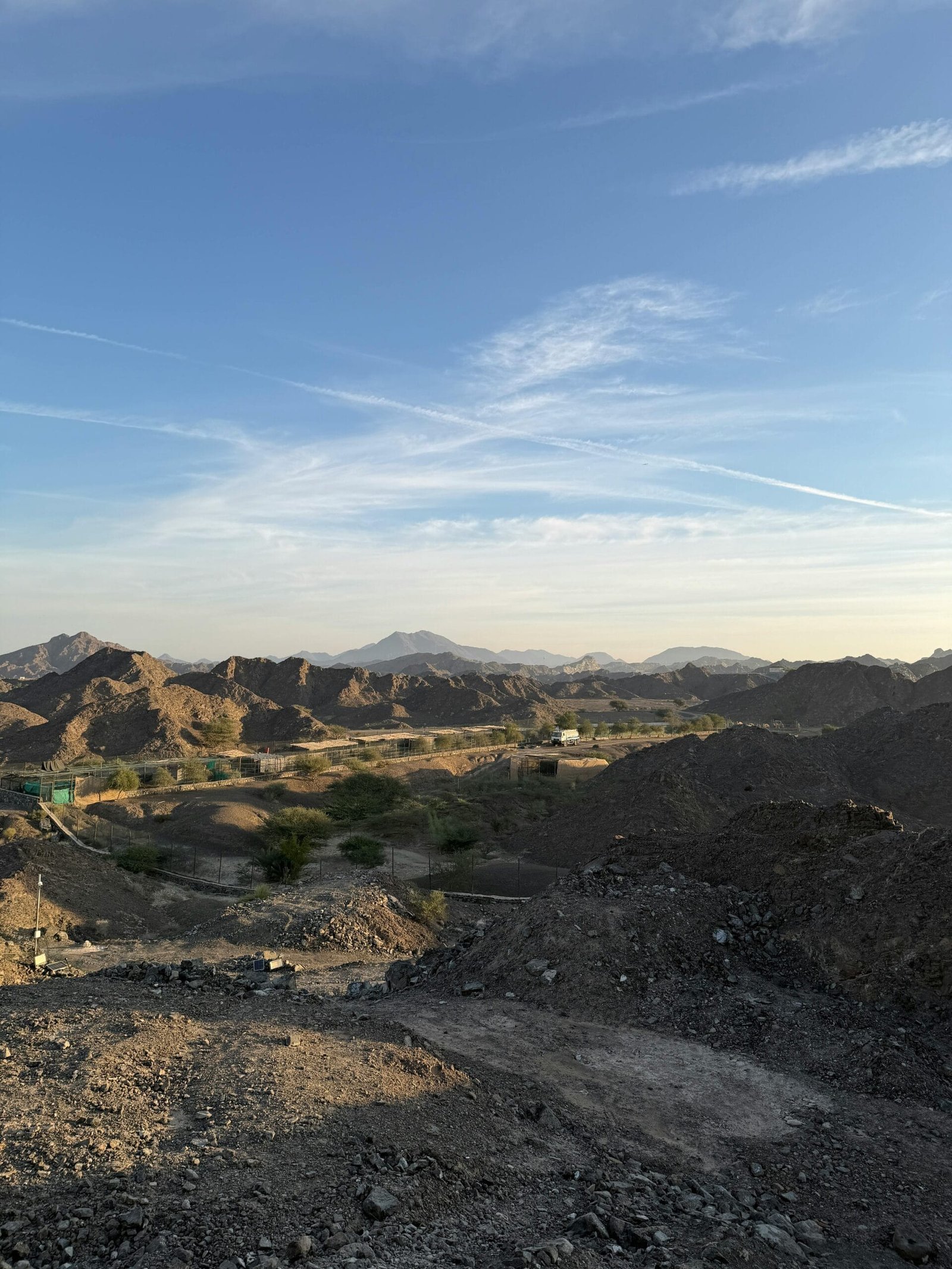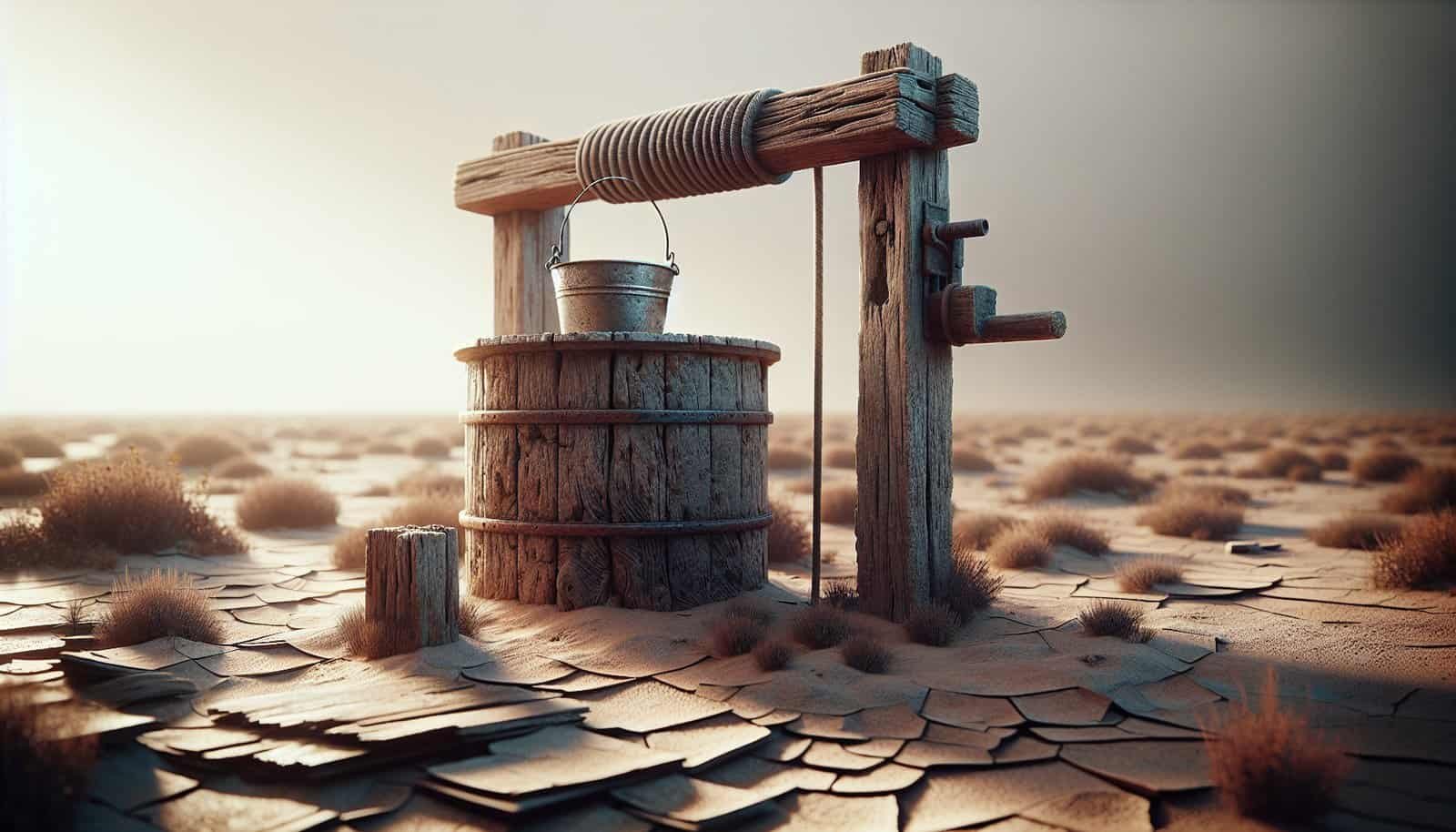Have you noticed your taps sputtering or running completely dry and aren’t sure what to do next?

What Should I Do If My Well Runs Dry?
If your well suddenly stops producing water, it can feel stressful and overwhelming. This guide walks you through immediate steps, diagnosis, cleaning your well water tank, preventative measures, and when to call a professional so you can regain safe, reliable water service.
Why acting quickly matters
Acting promptly helps prevent damage to your pump, reduces the risk of contamination, and ensures you have water for drinking and sanitation. You’ll also reduce the chance of costly repairs by diagnosing the problem early.
Immediate steps to take when your well runs dry
When a well runs dry, take a calm, systematic approach to determine whether the issue is temporary or indicates a larger problem.
Check household usage first
Look at recent changes in water usage — guests, irrigation, filling pools, or leaks can temporarily overdraw a shallow supply. If usage spiked recently, reduce demand and wait a few hours to see if water returns.
Inspect visible equipment
Walk to the well head and the pump area. Look for obvious damage, power outages, tripped breakers, or a disconnected pressure switch. You’re looking for any simple, reversible issue that could restore flow quickly.
Conserve water immediately
Start conserving water for drinking, hygiene, and critical uses. Turn off nonessential appliances like irrigation systems and avoid flushing unnecessary times to reduce pressure on the remaining supply.
Call neighbors and check local reports
Ask neighbors if they’re experiencing the same problem. A regional drop could indicate an aquifer-level issue or municipal activity. Checking local news or contacting the local water authority can reveal if a drought or construction is involved.
Quick troubleshooting checklist
This table gives you an immediate action plan to try before escalating to professional help.
| Symptom | What to check | What to do |
|---|---|---|
| No power to pump | Circuit breaker, fuse, pump control box | Reset breaker, replace fuse, check for tripped GFCI |
| Pump runs but no water | Pump cavitation, low water level, broken pipe | Turn off pump to prevent damage; consult pro |
| Intermittent flow | Pressure tank issue, short cycling | Check tank pressure; adjust or recharge if needed |
| Milky or discolored water after stoppage | Contamination from sudden drawdown | Stop using water, test sample, disinfect well |
| Only certain faucets affected | Plumbing blockage or pressure issues | Inspect faucet aerators, valves; call plumber if needed |
Common causes of a dry well
Understanding possible causes helps you decide the right response. Below are the most frequent reasons wells run dry.
Seasonal changes and drought
Groundwater levels fluctuate with seasons and rainfall. During extended dry spells, shallow wells are most at risk. If groundwater recharge is low, the well may temporarily or permanently drop below the pump intake.
Increased demand or plumbing leaks
Higher household or neighborhood water use can outpace the well’s recharge rate. Hidden leaks in plumbing or irrigation systems can also create the illusion of a dry well by draining the system.
Pump and mechanical failures
Electrical issues, burned-out motors, damaged impellers, or clogged intakes can cause apparent loss of water even if the aquifer still contains water. Running a pump that’s out of water can permanently damage it.
Casing, screen, or collapse issues
Physical damage to the well casing, screen, or collapse of the borehole can reduce flow or allow sediment clogging, causing the well to stop producing.
Lowering of the water table
Long-term pumping, regional groundwater extraction, or hydrogeological changes can permanently lower the water table, requiring deeper drilling or re-drilling new wells.

How to assess whether the well is actually dry
Before you take drastic measures, it’s important to confirm whether the well is truly out of water or if a mechanical issue is at fault.
Measure static water level
If you have a water level meter, lower it into the well to measure the static water level (water level when pump is off). This tells you how far below ground the water is. Compare this to your historical records if you have them.
Determine pumping water level
Run the pump (briefly) while observing the water level drop to check the pumping water level. Do not run the pump dry — only brief tests. If the pumping level is near or below the pump intake, stop immediately.
Check pump behavior
Listen for unusual noises or short cycling. A pump that hums but won’t push water is likely starved or mechanically failed.
When to conserve vs. when to call a professional
Knowing when to wait and when to call a pro can save time and money.
Situations where you can wait and conserve
- Recent heavy usage or filling activities caused the drop.
- Short-term groundwater fluctuation during heatwaves after rainfall resumes.
- Power outages or simple electrical issues you can safely reset.
Situations to call a licensed well contractor immediately
- No water and you’ve ruled out electrical and surface disruptions.
- Pump runs but no water — risk of pump damage.
- Suspected contamination (odd smell, color, illness).
- Visible damage to wellhead, casing, or pressure tank.
- Reoccurring low levels despite conservation.

Costs and realistic timelines
It’s useful to have an idea of potential costs and how long repairs or recovery might take.
Typical cost ranges
- Basic troubleshooting and pressure tank service: $100–$400
- Pump repair or replacement: $500–$3,000 depending on depth and pump type
- Jet pump or shallow well pump replacement: $200–$2,000
- Drilling a new well (varies by depth and geology): $2,000–$20,000+
- Well deepening: $1,000–$10,000 depending on method and depth
- Well disinfection and water testing: $150–$400
Typical timelines
- Simple electrical or pressure tank fixes: same day to a couple of days
- Pump repair or replacement: 1–7 days depending on parts and contractor availability
- Well drilling or deepening: several days to a few weeks depending on permits and conditions
- Awaiting lab test results for contamination: 24–72 hours for common tests; longer for specific contaminants
How to clean your well water tank (pressure tank and storage tank)
Cleaning and maintaining your pressure tank or water storage tank keeps water safe and extends equipment life. Below are clear, step-by-step instructions for cleaning both types of tanks.
Safety first: general precautions
Before starting any cleaning, shut off power to the pump. Wear gloves and eye protection. If you’re unsure about electrical systems or confined space work, contact a licensed professional. Disinfection uses chlorine — use it safely.
Cleaning a pressure tank (bladder or diaphragm type)
A pressure tank typically doesn’t require frequent cleaning because the water stays pressurized and isolated. However, maintenance helps prevent corrosion and bacterial growth.
- Turn off the pump and switch off electrical power.
- Relieve system pressure by opening a faucet and allowing the tank to drain until flow stops.
- Close the drain and locate the air valve on top of the tank. Using an accurate pressure gauge, check the air charge.
- If the tank requires draining for maintenance, attach a hose to the tank drain and fully drain water. Inspect tank exterior for corrosion or leaks.
- For bladders: if the bladder is damaged, the tank should be serviced or replaced by a pro.
- Recharge the tank to the recommended pressure (usually 2 psi below pump cut-in pressure) using a compressor or bike pump; check manufacturer specs.
- Restore power and check for normal cycling and pressure range.
Cleaning a water storage (cistern) tank
If you store treated water in a storage tank or cistern, regular cleaning and disinfection are important.
- Turn off pump and isolate inlets/outlets with valves.
- Remove as much water as possible using a pump or siphon into a temporary clean container.
- Physically remove debris, sediment, and slime with a long-handled brush or vacuum. Scrub walls, floor, and fittings.
- Rinse thoroughly with clean water and drain.
- Disinfect using a bleach solution (see disinfection procedure below).
- Allow contact time, then flush system until chlorine smell is gone.
- Refill and test water for chlorine residual and contaminants before returning to regular use.

How to disinfect a well and storage system (shock chlorination)
Shock chlorination is used to eliminate bacterial contamination. Use only household bleach (sodium hypochlorite). If you suspect significant contamination beyond bacteria (nitrate, arsenic, chemicals), shock chlorination won’t remove those — you’ll need specialized treatment.
Materials and preparation
- Unscented household bleach (5–6% sodium hypochlorite)
- Protective gloves and goggles
- Bucket, funnel, and measuring tools
- Clean water for dilution and flushing
- Optionally, a pump and hose to circulate chlorine solution
Shock chlorination general procedure
- Determine the total system volume (well casing water, pressure tank, and distribution pipes). Use tank dimensions and pipe lengths for a rough estimate.
- Calculate the bleach needed to reach about 50–200 ppm chlorine in the well and distribution system. A practical household approach: for many shallow wells, 1–4 gallons of 5% bleach can be used; for larger systems calculate based on volume.
- Mix bleach with water in a bucket and pour slowly into the well casing or drop into the pump intake following contractor advice.
- Run each faucet (hot and cold) until you smell chlorine, then close faucets. This ensures distributed chlorine throughout the household plumbing.
- Let the system sit for 12–24 hours to allow thorough disinfection. Avoid drinking the water during this time.
- After contact time, flush the system by running faucets until chlorine odor is gone. Dispose of flush water where it won’t harm plants (dilute with additional water if needed).
- Test the water for total coliform and E. coli after flushing. Only use the water for drinking after tests show safe results.
Table: Bleach dosing quick reference (approximate guidance)
| System volume (gallons) | Approx. bleach (5% solution) for ~100 ppm |
|---|---|
| 10 | 3 tablespoons |
| 50 | 3/4 cup |
| 100 | 1.5 cups |
| 500 | 1.5 quarts |
| 1000 | 3 quarts |
Note: These are approximate. Always calculate the specific volume of your well and system or consult a professional.
Testing your well water after problems or cleaning
Testing is critical to ensure your water is safe after cleaning or when flow returns.
Minimum testing parameters
- Total coliform bacteria and E. coli (microbial safety)
- Nitrate (especially for agricultural areas)
- pH and total dissolved solids (TDS)
- Common local contaminants (e.g., arsenic, lead, VOCs) if you have reasons to suspect them
When to test
- After shock chlorination: test 7–10 days after flushing
- If anyone in the household has unexplained illness
- Annually for routine safety
- After mechanical repairs or construction near the well
Using certified labs
Use state-certified labs for drinking water testing to ensure accurate results and proper interpretation. Your local health department can often provide sampling bottles and instructions.

Preventative maintenance to reduce risk of drying or contamination
Regular maintenance and mindful water use will reduce the risk of your well running dry or becoming unsafe.
Annual tasks
- Test water quality annually for bacteria and contaminants.
- Inspect wellhead and casing seals for damage or gaps.
- Check pressure tank air charge and pump cycling.
- Remove debris and maintain a clear area around the well head.
Seasonal and drought preparedness
- Conserve water during dry months.
- Use low-flow fixtures and efficient irrigation practices.
- Consider adding storage tanks to buffer during temporary shortages.
- Develop an emergency supply plan with bottled water or alternate sources.
Long-term strategies
- If groundwater levels are declining, consider deepening the well or drilling a new well with a licensed contractor.
- Work with neighbors or local water resources on sustainable groundwater management.
- Install monitoring wells or gauges to track trends.
When and how to deepen or drill a new well
If your well has permanently lost access to the aquifer, you may need to deepen or drill a new well.
How professionals evaluate
A licensed well driller or hydrogeologist will:
- Review historical water level and pumping data
- Probe geological formations and aquifer depths
- Consider costs, permit requirements, and potential yield
Pros and cons
- Deepening/drilling can restore reliable supply but can be expensive and may require permits.
- New wells avoid older casing or contamination issues but require site selection and testing.
Typical steps
- Site assessment and permit acquisition
- Drilling and casing installation
- Development and pump testing
- Water quality testing and disinfection
- Connection to household plumbing
Signs your pump needs replacement
A pump might be the real issue behind a dry well.
Common pump failure signs
- Pump runs but won’t produce water
- Loud grinding, humming, or unusual noises
- Excessive cycling or long run times
- Electrical tripping every time pump starts
Action steps
Turn off the pump to avoid burning it out and call a licensed pump technician. Replacing or repairing pumps often requires removing them from the well and bench-testing.
Legal, safety, and environmental considerations
Your actions might be regulated or carry environmental responsibilities.
Local regulations and permits
Some jurisdictions require permits for drilling, deepening, or major well repairs. Contact your local health department or well permitting agency before major work.
Environmental considerations
Properly dispose of chlorinated flush water and contaminated wastewater. Avoid allowing high-chlorine water to flow into sensitive aquatic habitats or onto gardens.
Safety with confined spaces
Never enter a well. Wells are confined spaces with dangerous gases and fall hazards. Always hire qualified professionals for tasks that require entry.
Cost-saving tips and alternatives
If budget is a concern, you can take several practical steps to manage water needs while addressing the well problem.
Short-term alternatives
- Buy bottled water for drinking and cooking.
- Use a water delivery service or neighbor water sharing.
- Temporarily connect to a community supply if available.
Longer-term cost reductions
- Improve efficiency with low-flow fixtures.
- Repair leaks promptly.
- Evaluate rainwater harvesting for non-potable uses (follow local rules).
Frequently asked questions
How often should I disinfect my well?
If your water tests safe, routine shock chlorination isn’t necessary annually unless contamination occurs. Disinfect if tests show bacterial contamination, after repairs, after flooding, or following persistent problems.
Can I run the pump if the well is low?
Running a pump when it’s starved of water can damage or burn it out. Avoid running the pump until you verify adequate water level or have a professional inspect it.
Is my well water safe after the well runs dry and comes back?
Not automatically. Sudden changes can introduce contamination. Test for coliform bacteria and consider disinfecting before using water for drinking.
How deep should my well be?
Ideal depth varies by location and geology. Wells must reach sustainable aquifers — consult a hydrogeologist or local drillers familiar with regional conditions.
Final checklist and next steps
This checklist helps you proceed with confidence after your well runs dry.
- Identify whether the problem is electrical, mechanical, or groundwater-related.
- Conserve water immediately and reduce demand.
- Shut off pump if it’s running without producing water.
- Inspect pressure tank and wellhead visually.
- Test static water level if you have a meter.
- Disinfect and clean tanks and plumbing if contamination is suspected.
- Get water tested by a certified lab before using for drinking.
- Contact a licensed well contractor for pump or well repairs, deepening, or drilling.
- Keep records of water levels, repair history, and test results for future reference.
If you follow these steps, you’ll be better equipped to diagnose the cause of your dry well, protect your equipment, and restore safe water flow. If you’re ever unsure or face complex repairs, a licensed professional and your local health department are reliable resources to help you get back to normal.
